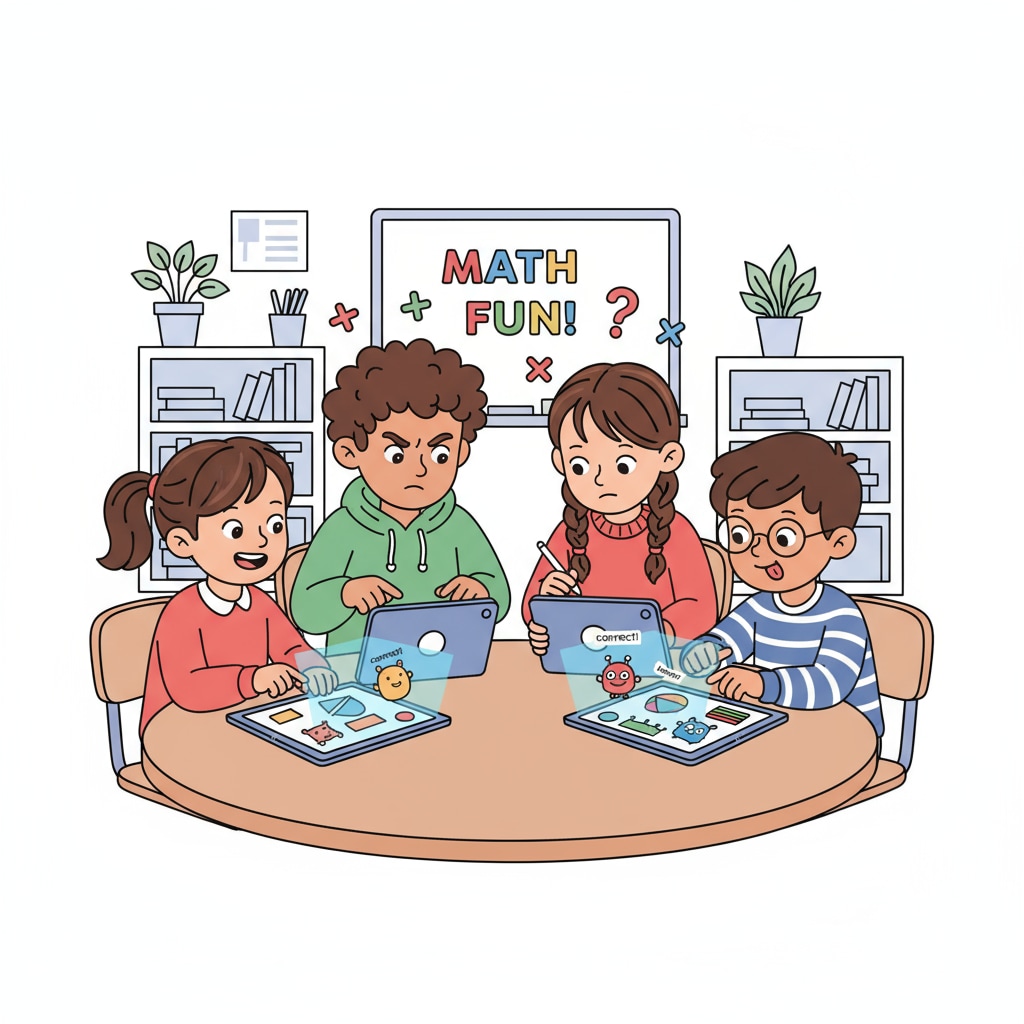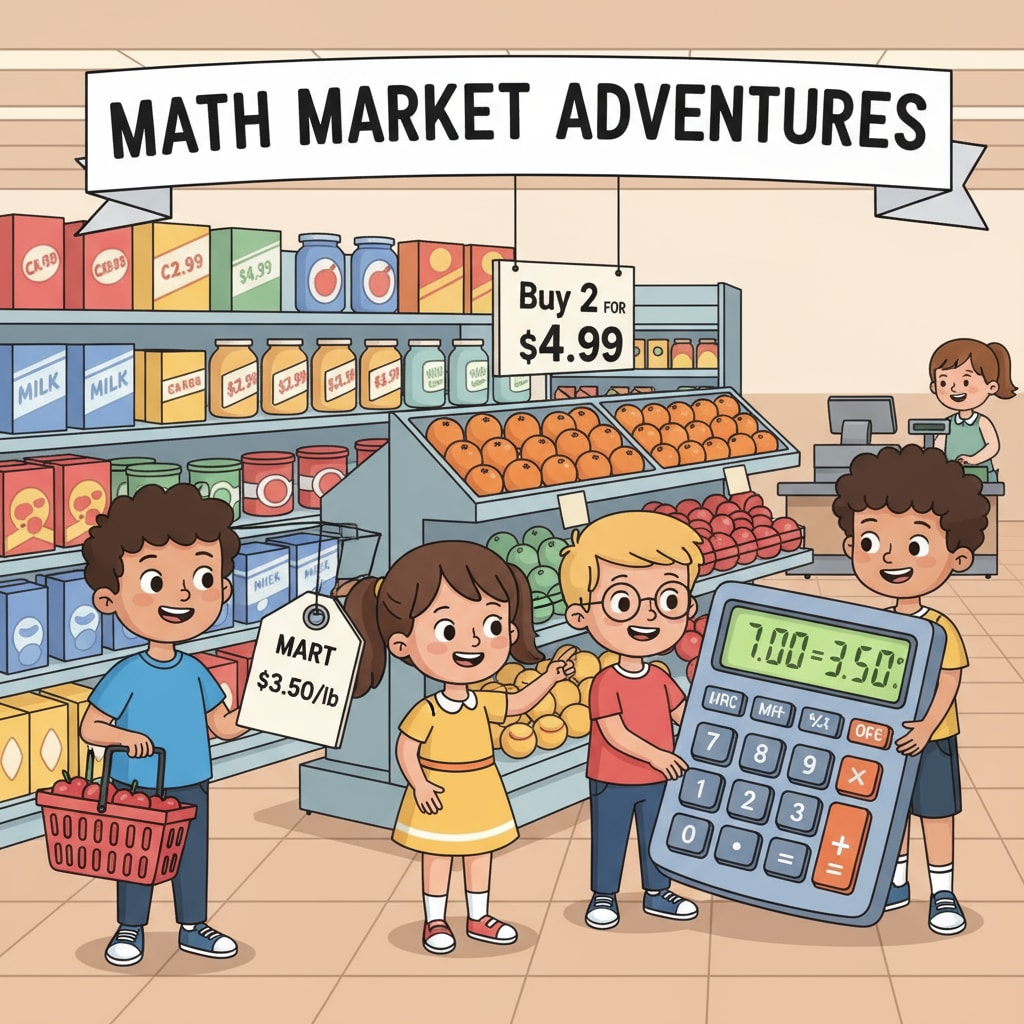Math educational games, game prototypes, and edutainment are revolutionizing the landscape of K12 education, especially in the field of mathematics. In today’s digital age, the traditional methods of teaching math are being challenged by innovative approaches that blend learning with entertainment. One such approach is the development of educational game prototypes, which have the potential to transform the way students learn math.

The Rise of Math Educational Game Prototypes
Educational game prototypes are the early versions of games designed to teach specific educational concepts. In the context of math, these prototypes aim to make learning arithmetic, geometry, algebra, and other math topics more engaging. For example, they might use storytelling elements, interactive challenges, and rewards systems to motivate students. As a result, students are more likely to be actively involved in the learning process rather than passively listening to lectures. Educational games on Wikipedia highlight the various types and their impact on learning.
Key Features of an Innovative Math Education Game Prototype
An effective math education game prototype typically has several key features. Firstly, it incorporates gamification elements such as levels, badges, and leaderboards. These not only add an element of competition but also provide a sense of achievement for students. Secondly, the game is designed to be adaptive, adjusting the difficulty level based on the student’s performance. This ensures that students are constantly challenged without being overwhelmed. Additionally, the game might include real – world scenarios to help students understand the practical applications of math.

For instance, a game could present a situation where students need to calculate the cost of groceries, which helps them connect math to their daily lives. Educational technology on Britannica offers insights into how these features are developed.
Another important aspect is the use of multimedia elements. Videos, animations, and sound effects can enhance the learning experience, making complex math concepts easier to understand. For example, an animation showing the rotation of geometric shapes can help students visualize 3D space better.
Potential Future Development Directions
In the future, math educational game prototypes are likely to become even more sophisticated. One direction is the integration of virtual reality (VR) and augmented reality (AR) technologies. VR can create immersive learning environments where students can interact with math concepts in a virtual space. AR, on the other hand, can overlay math information on the real world, making learning more tangible. For example, students could use AR to measure real – world objects and apply math formulas to calculate their dimensions.
Furthermore, the use of artificial intelligence (AI) will play a crucial role. AI can analyze students’ learning patterns and provide personalized feedback and learning paths. This means that each student can receive targeted instruction based on their strengths and weaknesses. Additionally, games could be connected to a larger educational ecosystem, allowing teachers and parents to monitor students’ progress in real – time.
Readability guidance: This article uses short paragraphs and lists to summarize key points. Each H2 section provides a list of important aspects. The proportion of passive voice and long sentences is controlled, and transition words are added throughout the text to enhance readability.


